SMITHFIELD — Visitors to East Pond this summer can look forward to enjoying clear, blue water all summer, as opposed to years past when algae blooms typically took over the lake in mid-August.
The change in water conditions is expected to take place if a treatment applied this week is successful in bringing down phosphorus levels in the lake.
If it’s successful, the treatment could be replicated on other bodies of water in the Belgrade Lakes region to address concerns about degrading water quality and algae blooms.
It’s also expected to minimize the presence of algae on East Pond for 15 to 20 years, according to members of the East Pond Restoration Project and 7 Lakes Alliance, two groups dedicated to the conservation and preservation of the Belgrade Lakes region.
“It’s gotten to the point that it’s started to impact businesses and people who come here for the summer,” said Charlie Baeder, project manager for the East Pond Restoration Project. “It’s a big deal.”
Phosphorus, which appears naturally but can also be traced to human activity, acts as food for algae, contributing to its takeover of the waters.
For at least the last two decades algae has plagued residents and visitors to East Pond in particular, causing pea soup conditions and raising concerns about toxicity levels in the water in late summer.
But this spring, the East Pond Association wrapped up a $1 million fundraising campaign to fund a two-part alum treatment of the lake, a process that involves spreading aluminum sulfate over about one-third of the body of water to offset the abundance of phosphorus.
In addition to a $232,000 grant from the Maine Department of Environmental Protection, the association raised $600,000 from residents and commercial camps on East Pond and received a $200,000 grant from the Harold Alfond Foundation, said Jerry Tipper, fundraising chair for the East Pond Restoration Project.
Alum treatments have been successfully used on other lakes in Maine, but never in the Belgrades, according to Tipper and other members of the project who gathered at his house on East Pond Monday to talk about the treatment with the media.
It involves aluminum sulfate, or alum, being spread across the lake by a barge.
The alum falls to the bottom of the lake, where it will make contact with sediment that contains phosphate. Through a process called “flocking,” the alum will settle over the sediment like a blanket of snow, binding it with the phosphorus and preventing it from rising up into the water and acting as a food source for algae.
Like phosphorus, aluminum is also naturally found in many bodies of water, and there is nothing harmful about adding more, Baeder said. The only potential downside is if improper levels of alum are added it can offset the pH levels of the water.
For that reason, the groups, with the help of students and scientists from Colby College, are monitoring alum distribution and checking pH levels throughout the process.
The project will take about two weeks to complete and another treatment will need to be done in October to ensure the minimization of phosphorus longer-term, Baeder said.
Algae blooms are typically seen in mid to late August, when water temperatures stabilize and create the conditions for them to form, but the treatment being applied this week is likely to take affect by this summer and minimize the number of blooms as early as this year.
Carter Minkel, a co-owner of Alden Camps, a rental cabin business on East Pond in Oakland, said for years prospective tourists would be turned off when they were warned of algae blooms in late summer on the lake.
“I’m hoping this won’t perfectly fix the problem, but will at least keep the water fairly clear through August or September,” Minkel said. “People come to Maine to get out of the cities and to be on the lakes. They want that clear Maine lake water that they can spend the day on. Hopefully this is going to get us there.”
Because East Pond doesn’t have an inlet and has shallower water levels than other lakes in the Belgrades, it has had the worst algae problems.
But if the treatment is successful, it could also be replicated elsewhere to curb algae blooms and restore water quality.
“Over the years, property values on East Pond have been significantly lower than Great Pond, just for that reason,” said Mel Croft, president of the 7 Lakes Alliance. “This is going to make it one of the jewels of the lakes again.”
Rachel Ohm — 612-2368
Twitter: @rachel_ohm
Send questions/comments to the editors.


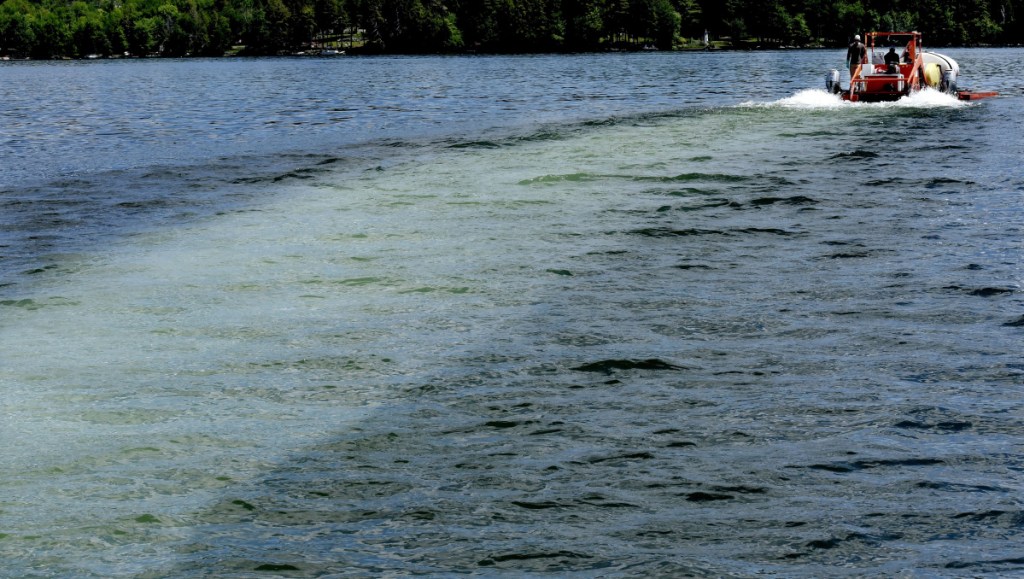
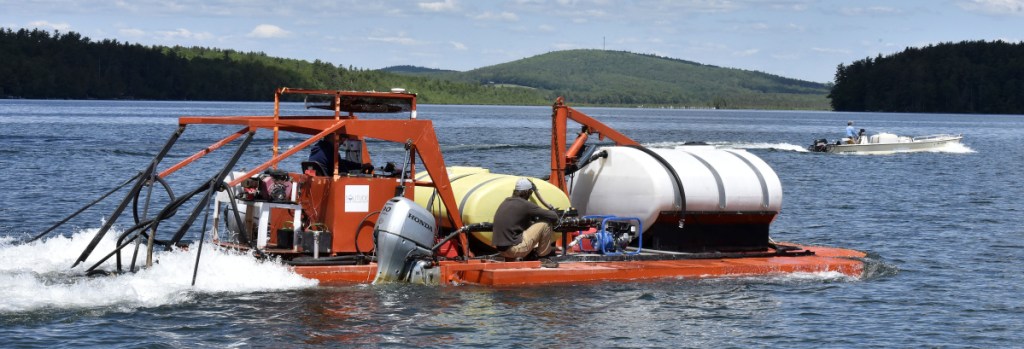
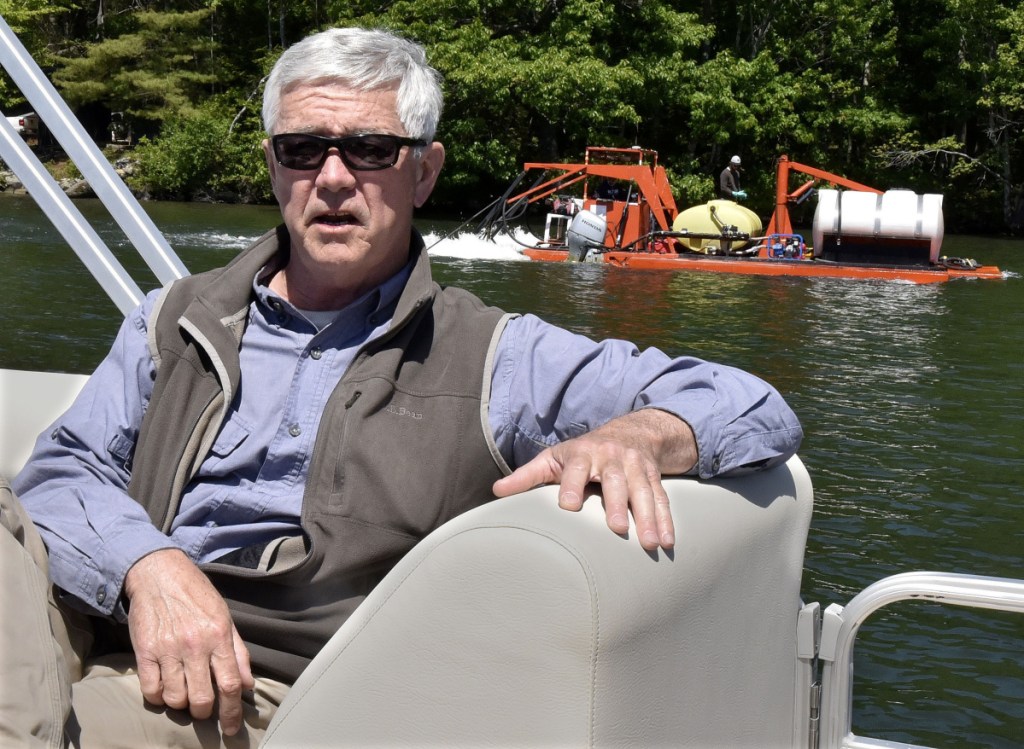
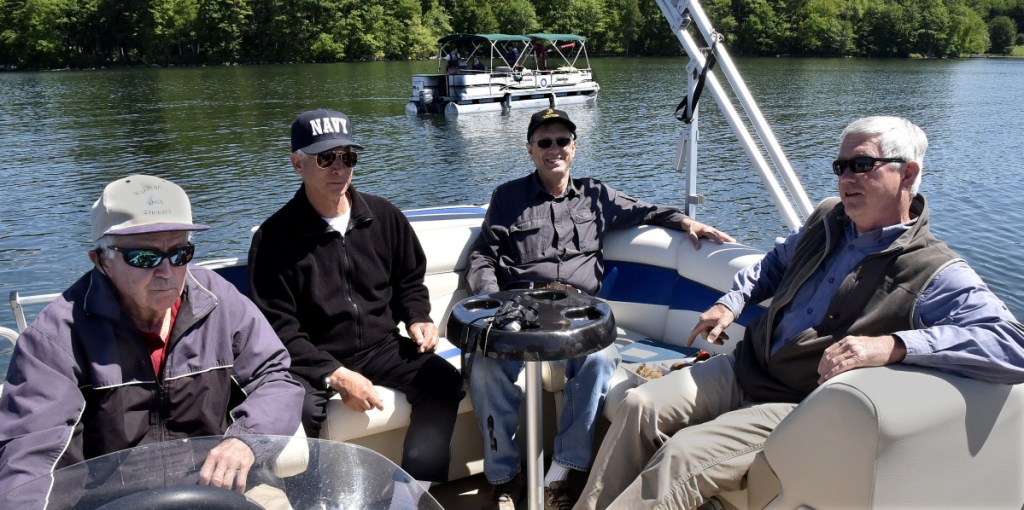
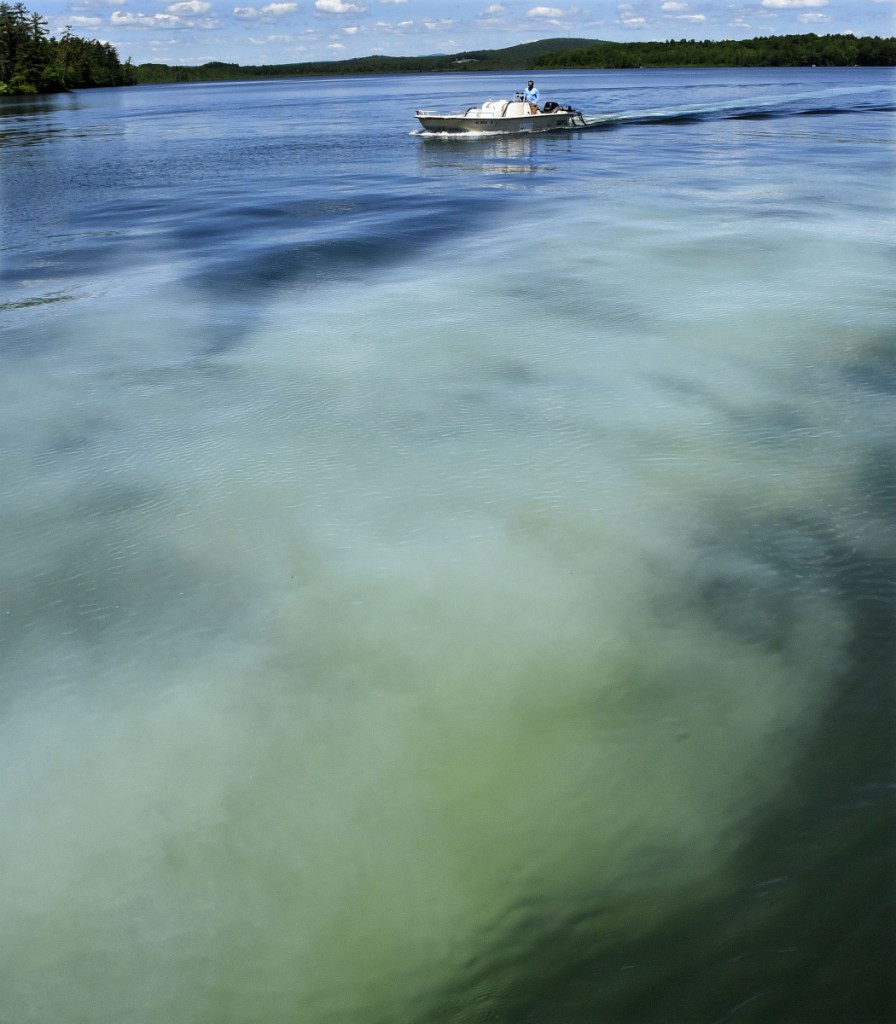
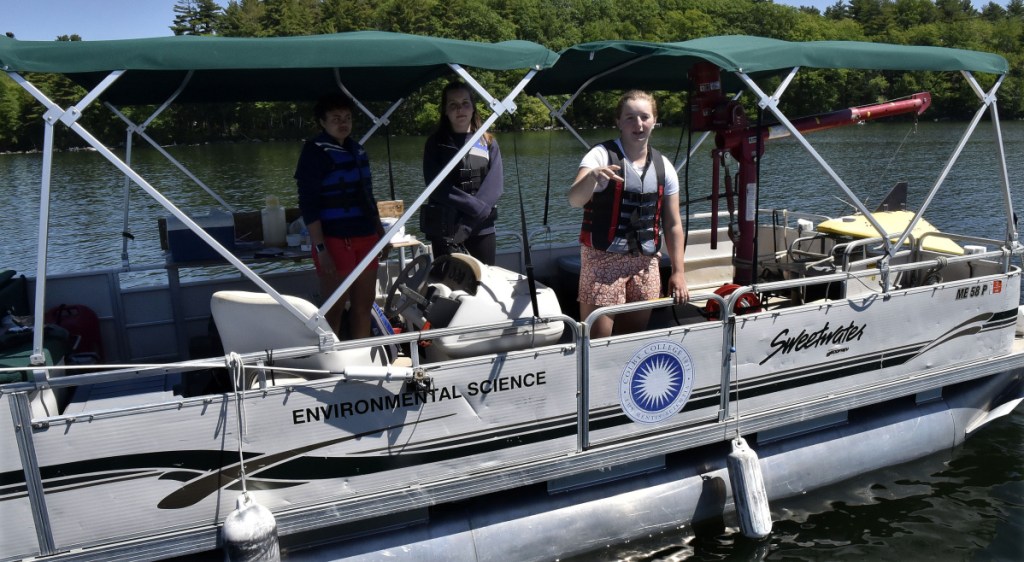
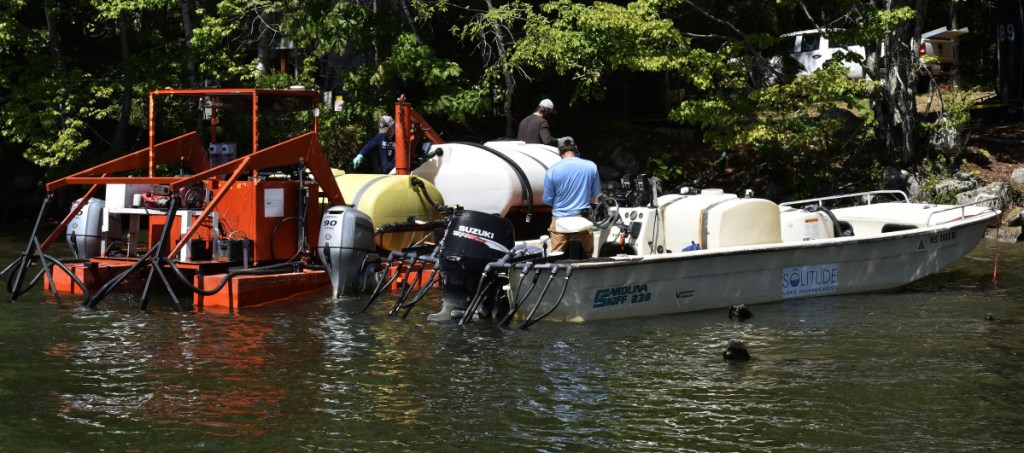
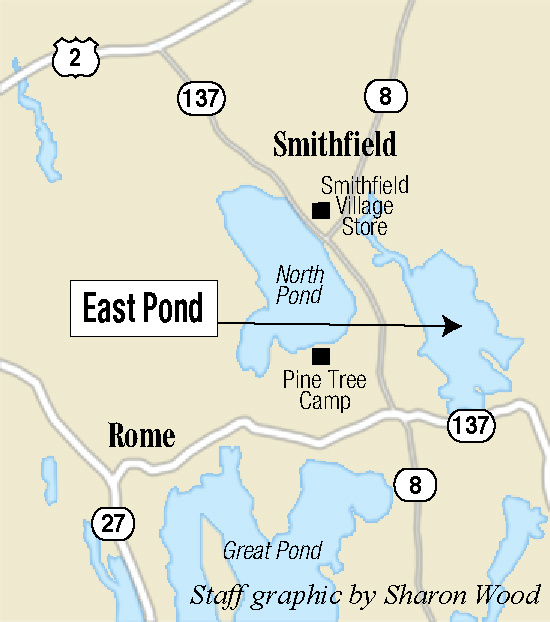

Success. Please wait for the page to reload. If the page does not reload within 5 seconds, please refresh the page.
Enter your email and password to access comments.
Hi, to comment on stories you must . This profile is in addition to your subscription and website login.
Already have a commenting profile? .
Invalid username/password.
Please check your email to confirm and complete your registration.
Only subscribers are eligible to post comments. Please subscribe or login first for digital access. Here’s why.
Use the form below to reset your password. When you've submitted your account email, we will send an email with a reset code.